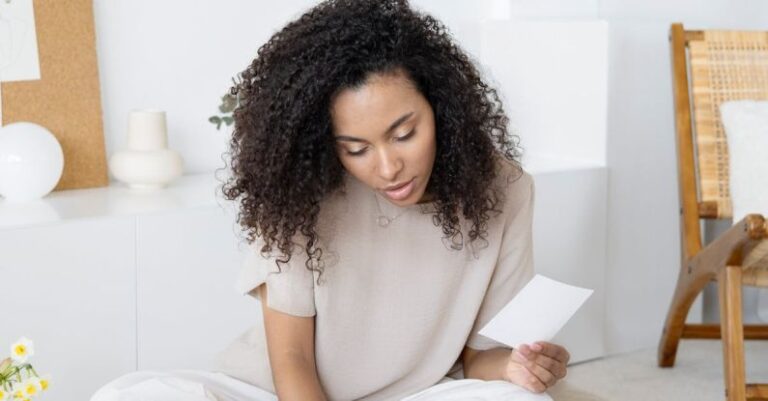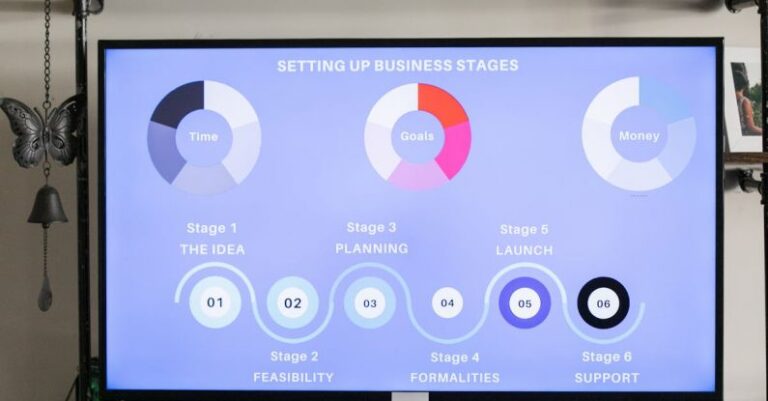What Are the Psychological Effects of Colors

The Psychological Effects of Colors
Colors have a profound impact on our emotions, behavior, and overall well-being. From the moment we wake up to the time we go to bed, we are constantly surrounded by different hues that can influence our mood and mindset in various ways. Understanding the psychological effects of colors can help us make informed choices in our everyday lives, from the clothes we wear to the colors we paint our homes. Let’s delve into the fascinating world of color psychology and uncover the hidden powers of different shades.
Color Psychology: An Overview
Color psychology is the study of how colors affect human behavior and emotions. It explores the impact that different hues have on our perceptions, attitudes, and even physical reactions. Each color has its own unique psychological properties that can evoke specific feelings and associations in individuals. By understanding these properties, we can harness the power of colors to create environments that promote positivity, productivity, and well-being.
The Influence of Warm Colors
Warm colors such as red, orange, and yellow are known for their energizing and stimulating effects. These hues are often associated with warmth, passion, and vitality. Red, in particular, is a powerful color that can increase heart rate and evoke strong emotions like love, anger, and excitement. Orange is a color of creativity and enthusiasm, while yellow is often linked to happiness, optimism, and intellect. Using warm colors in spaces where you want to encourage activity and social interaction can create a lively and dynamic atmosphere.
The Calming Effects of Cool Colors
On the other end of the spectrum, cool colors like blue, green, and purple are known for their calming and soothing effects. Blue is often associated with serenity, trust, and stability, making it a popular choice for bedrooms and relaxation areas. Green is a color of balance and harmony, symbolizing nature, growth, and renewal. Purple is a color of luxury and spirituality, often linked to creativity and wisdom. Cool colors can help create a sense of tranquility and peace, making them ideal for spaces where relaxation and focus are desired.
The Power of Neutral Colors
Neutral colors like white, black, gray, and beige are versatile shades that can complement any color palette. These hues are often associated with simplicity, sophistication, and timelessness. White symbolizes purity and cleanliness, black represents power and elegance, gray conveys neutrality and balance, and beige exudes warmth and comfort. Neutral colors can create a sense of balance and harmony in a space, allowing other colors to stand out or providing a calming backdrop for a busy environment.
Using Color Psychology in Design
Color psychology plays a crucial role in design, whether it’s in interior design, fashion, branding, or marketing. By understanding how colors can influence emotions and perceptions, designers can create impactful visual experiences that resonate with their target audience. For example, restaurants often use warm colors like red and orange to stimulate appetite and create a lively atmosphere, while healthcare facilities may use cool colors like blue and green to promote healing and relaxation.
Harnessing the Power of Color in Everyday Life
Incorporating color psychology into your everyday life can have a positive impact on your mood and well-being. Whether it’s choosing the color of your clothes, decorating your home, or selecting a color scheme for a project, being mindful of the psychological effects of colors can help you create environments that support your goals and aspirations. Experiment with different hues and pay attention to how they make you feel – you may be surprised by the transformative power of color in shaping your emotions and mindset.
Embracing the Vibrant World of Color
Colors have the ability to evoke a wide range of emotions, from excitement and joy to calmness and tranquility. By understanding the psychological effects of colors, we can harness the power of different hues to create environments that support our well-being and enhance our experiences. Whether you’re looking to boost your creativity, improve your focus, or simply uplift your mood, exploring the vibrant world of color can open up a whole new realm of possibilities. So go ahead, embrace the beauty of colors and let them paint your world in a kaleidoscope of emotions and experiences.





